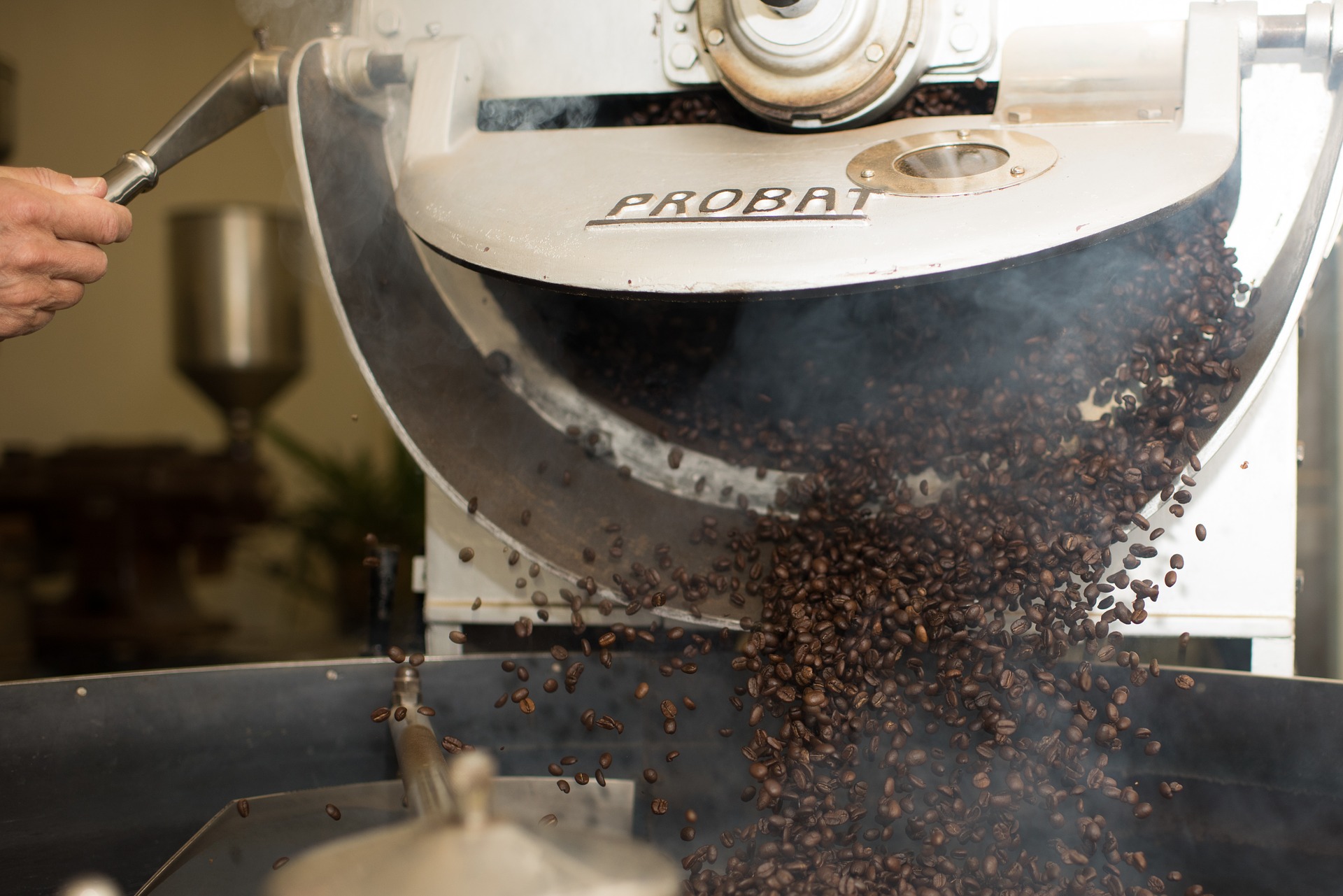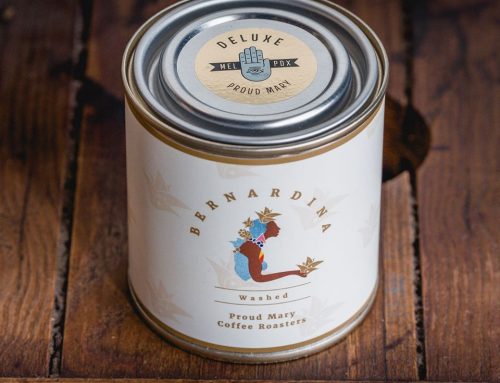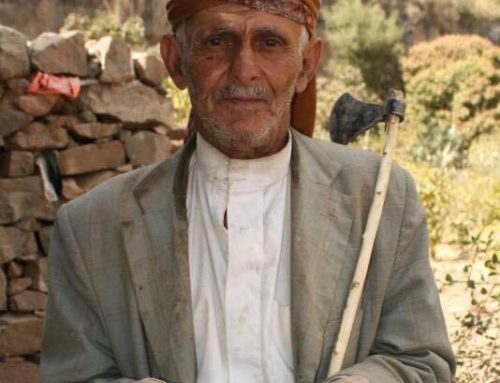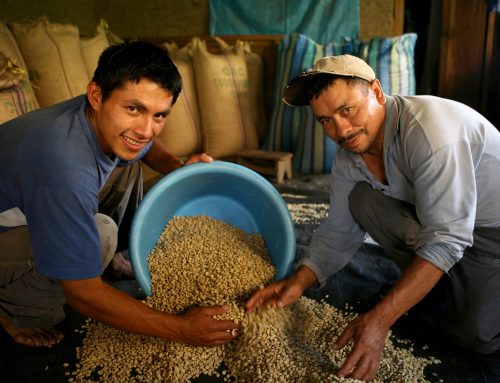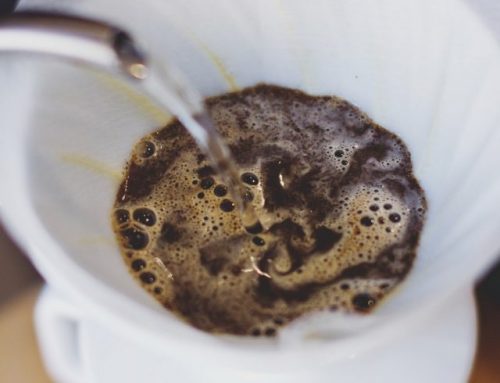Everyone has a favorite coffee roast. In years past dark roasts were more popular. However, with the rise of third wave roasters, lighter roasts have become more popular. How coffee beans are roasted can greatly affect the flavor and chemical makeup of your morning cup of Joe.
What is Coffee Roasting?
Coffee roasting is a complex heating process that can take years to master. It’s truly a science and expert coffee roasters take great pride in their work.
Roasting is used to bring out the best taste in a coffee bean, revealing underlying flavors, like chocolate or fruit. Depending on the roast, the beans are heated to various temperatures for different lengths of time.
There are three general types of coffee roasting: light, medium, and dark. All have different flavors, appearances, and caffeine levels.
Light Roast
Light roasts have a more acidic, toasted grain flavor and have no oil on the outside of the bean. As described by their name, they take on a lighter brown color than the others after the coffee roasting process.
When roasted, the coffee beans aren’t heated past 205°C. This is to ensure that the beans don’t experience anything beyond the first crack, or the first size expansion.
There has been a recent move to light roasts over dark roasts due to their plentiful health benefits. Lighter roasts have more chlorogenic acid, which helps protect cells against damage and inflammation.
Medium Roast
Similar to light roasted coffee, medium roasts exhibit no oil on the outer bean surface. After the coffee roasting process, it is less acidic and is described as tasting sweeter.
Medium roasts are often heated to the point just after the first crack and before the second crack. Roasting temperatures usually range between 210°C and 220°C.
Dark Roast
Although many people believe that dark roasted coffee is stronger, dark roasts actually have the lowest caffeine levels. Dark roasts are roasted for longer and at higher temperatures, causing the caffeine content to decrease. If not done well, this coffee roasting process will burn the coffee, which is not good.
These beans are heated to about 230°C, well beyond the second crack. This causes dark roasted coffee beans to taste less acidic and to appear oily.
Dark roasts take on the flavors of the coffee roasting process and primarily exhibit notes of smoke and charcoal. Compared to lighter coffee roasts, dark roasts often lack the distinguishing features that come from the coffee bean’s origin.
In the end, what coffee roasting results you choose comes down to your own personal preferences. Just know that the origin and growing processes aren’t the only aspects to be aware of. In fact, the coffee roasting process is just as significant when it comes to the flavor of your morning cup.

